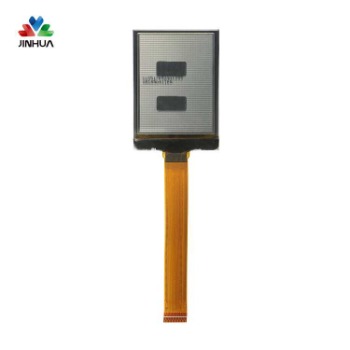The difference between OLED and TFT part one
Nov 28, 2023
OLED stands for Organic Light-Emitting Diode, also known as Organic Electroluminesence Display (OELD). Because of its thinness, lightness, power saving and other characteristics, this kind of display device has been widely used in MP3 players since 2003. For DCs and mobile phones, which are both digital products, OLED has only been demonstrated at some exhibitions before. The engineering samples of the screen have not yet entered the stage of practical application. But OLED screens have many advantages that LCDs cannot match.
Thin Film Transistor (TFT thin film field effect transistor) means that each liquid crystal pixel point on the liquid crystal display is driven by a thin film transistor integrated behind it. This allows high-speed, high-brightness, and high-contrast display of screen information. TFT-LCD (Thin Film Transistor Liquid Crystal Display) is a type of most liquid crystal displays.
The basic structure of OLED is composed of a thin, transparent indium tin oxide (ITO) with semiconductor properties, connected to the positive electrode of electricity, and another metal cathode, wrapped into a sandwich-like structure. The entire structural layer includes: hole transport layer (HTL), light emitting layer (EL) and electron transport layer (ETL). When the power is supplied to an appropriate voltage, the positive holes and cathode charges will combine in the luminescent layer to produce light. Depending on the formula, the three primary colors of red, green and blue RGB are produced to form the basic colors. The characteristic of custom OLED screen is that it emits light by itself, unlike TFT LCD that requires a backlight, so it has high visibility and brightness. Secondly, it has low voltage requirements and high power saving efficiency, fast response, light weight, thin thickness, simple structure, and low cost.






 English
English Deutsch
Deutsch русский
русский español
español العربية
العربية



 IPv6 network supported
IPv6 network supported
